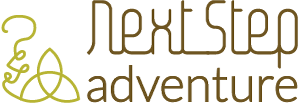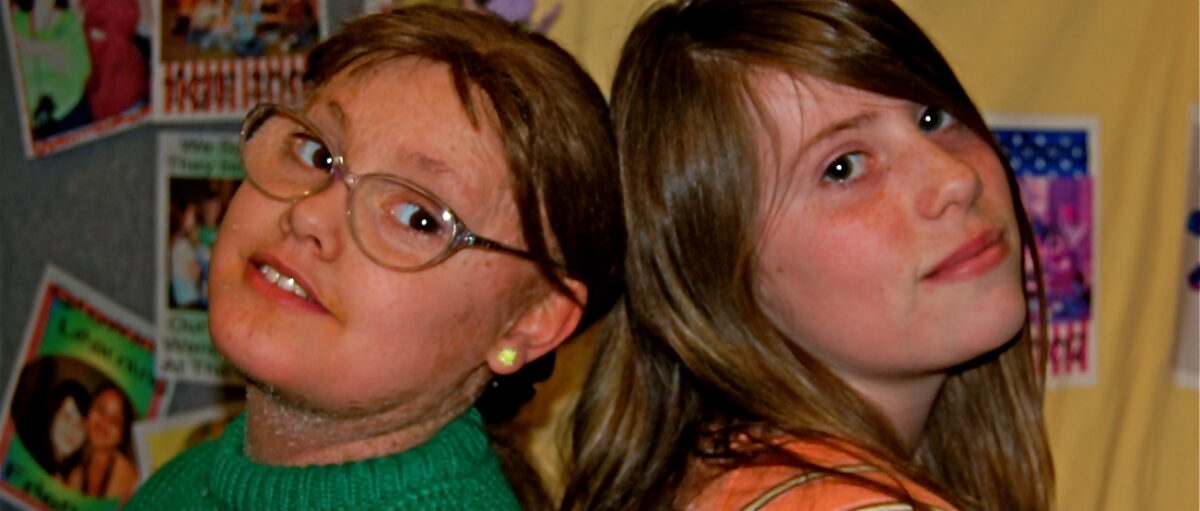A fishbowl discussion allows everyone in a large group to participate in a series of small group discussions. In a group larger than four or five it’s hard for everyone to have a chance to speak.
This method allows up to five people to discuss a topic for a set amount of time, with the rest of the group taking turns as the audience. It’s a non-threatening way to develop speaking and listening skills. It can help people get over the fear of speaking in front of a group because it’s more like a conversation than speaking before an audience.
Arrange four or five chairs in an inner circle. This is the fishbowl. Arrange the rest of the chairs in concentric circles around the fishbowl. Select enough participants or ask for volunteers to fill the fishbowl, while the rest of the group sit on the chairs outside the fishbowl.
Now introduce the topic for discussion and the participants in the fishbowl start discussing the topic. The audience outside the fishbowl listens.
You can choose between an open fishbowl and a closed fishbowl, two different methods to make sure everyone gets a chance to join in the conversation.
In an open fishbowl, leave one chair empty and explain that any member of the audience can, at any time, occupy the empty chair and join the fishbowl. When this happens, one member of the fishbowl must voluntarily leave the fishbowl so there is always one free chair.
The discussion continues with participants frequently entering and leaving the fishbowl. This method, if your audience members are interested and assertive, will allow most audience members to spend time in the fishbowl and participate in the discussion.
When time runs out, close the fishbowl and summarize the discussion.
In a closed fishbowl, all chairs are filled. The initial participants speak for a specified amount of time, maybe five minutes. When time runs out, they leave the fishbowl and a new group from the audience enters the fishbowl.
This continues until most audience members have spent some time in the fishbowl. Once the final group has concluded, close the fishbowl and summarize the discussion.
In a timed discussion, let the people in the fish bowl discuss the topic for a certain period of time – say, 15 minutes. Then stop the discussion and invite the people who aren’t in the inner circle to give feedback on what they heard in the fishbowl.
To use the fishbowl exchange, divide the group into two smaller groups; have each of these groups meet separately and come up with three or four open-ended questions for the other group. Have them write their questions down; reconvene and exchange questions.
Form two circles, one small group inside the other, both facing inward. Have the fishbowl (the inside group) read a question and discuss it. The outside circle cannot speak, only listen.
Go through all the questions, making sure everyone in the fishbowl gets to speak. Now switch circles and go through the process again.









